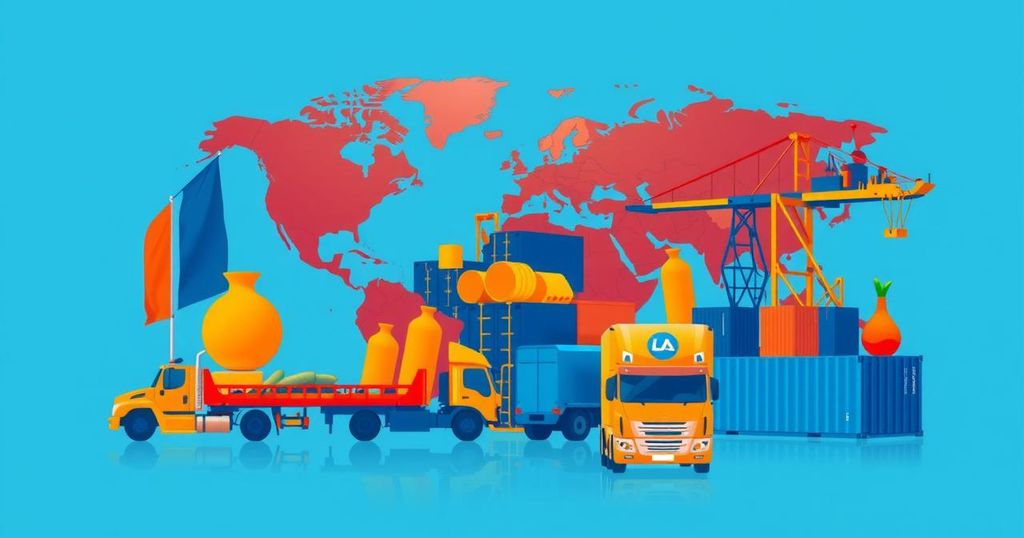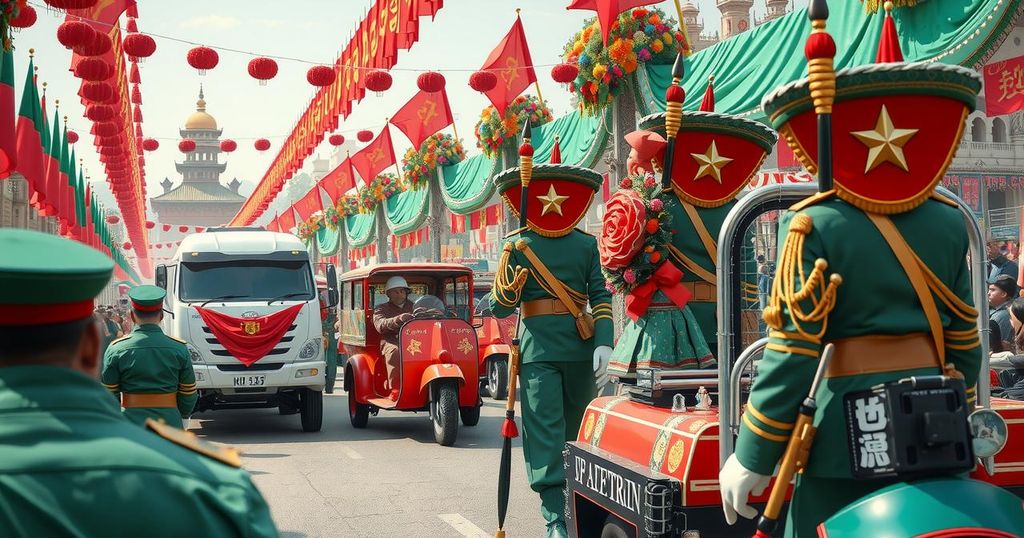India and U.S. to Conclude Preliminary Talks on Trade Agreement
India and the U.S. are concluding three days of preliminary talks on a bilateral trade agreement, indicating that discussions are still in the early stages. U.S. officials, led by Brendan Lynch, are participating in the discussions. The government aims to boost bilateral trade significantly by 2030, despite existing tensions surrounding tariff disputes.
India and the United States will hold a wrap-up session on Saturday morning, concluding three days of preliminary discussions regarding a proposed bilateral trade agreement. Sources indicate that the negotiations remain in their early stages, with no final decisions made thus far. A delegation of U.S. officials, led by Assistant U.S. Trade Representative for South and Central Asia Brendan Lynch, is participating in these talks.
During a statement on Thursday, Commerce and Industry Minister Piyush Goyal assured that talks are progressing positively, reinforcing that the agreement will serve the best interests of both nations while safeguarding India’s concerns. The context of these discussions is significant, especially in light of U.S. President Donald Trump’s announcement in April 2023 about reciprocating tariffs on key trading partners, including India.
The U.S. has historically criticized India for imposing high tariffs on American products, which has led to a series of retaliatory measures. Currently, the U.S. has placed a 25% tariff on steel and aluminum products, alongside a 25% tariff on completely built vehicles and auto parts. Such tariffs are import duties that foreign companies must pay to bring their goods into the U.S. market.
The objective for India and the U.S. is to reach an initial phase of this agreement by fall 2025. Both nations have also set a goal to elevate bilateral trade from over USD 190 billion to USD 500 billion by 2030. The U.S. has called for duty concessions in various sectors such as industrial goods, automobiles, and agricultural products, while India may advocate for reductions in tariffs pertaining to labor-intensive sectors like textiles.
India’s exporters are advocating for protective measures against U.S. tariffs, as the U.S. is India’s largest trading partner. In light of U.S. pressure, India has recently cut import duties on bourbon whiskey from 150% to 100% and reduced tariffs on some wines. The Budget also introduced duty reductions on products that would favor American exports, reinforcing a collaborative trade environment.
Notable initiatives include Reliance Industries’ digital subsidiary, Jio Platforms, partnering with SpaceX to deliver Starlink’s broadband services in India. The U.S. is actively encouraging deeper negotiations for a comprehensive bilateral agreement, especially pushing for entry into India’s agricultural sector. However, experts suggest that India is unlikely to budge on agriculture, considering its political sensitivity.
Indian agricultural exports to the U.S. were valued at USD 1.6 billion in 2024, highlighting key products such as almonds and pistachios. In 2024, India’s exports to the U.S. included pharmaceuticals, telecommunications, and precious stones, while imports featured crude oil and electric machinery. The U.S. remains India’s top trading partner, with bilateral trade climbing to USD 119.71 billion in 2023-24, resulting in a substantial trade surplus for India.
In summary, India and the United States are engaged in early-stage discussions regarding a bilateral trade agreement, with significant aspirations to expand trade relations by 2030. While both nations strive to reach an initial phase of the agreement by 2025, they face challenges due to tariff disputes and sector-specific negotiations. The collaboration appears to aim at protecting respective national interests while promoting substantial economic cooperation.
Original Source: www.business-standard.com








Post Comment